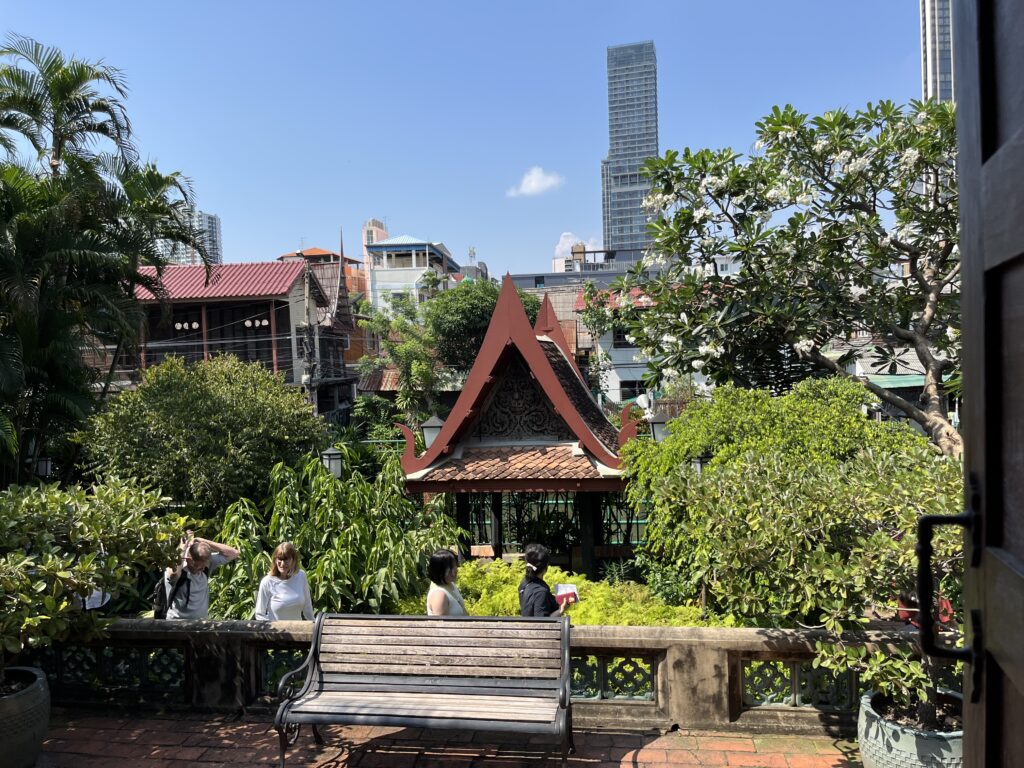
We stayed on in Bangkok so that we could spend time with extended family.
Jim Thompson House and Museum

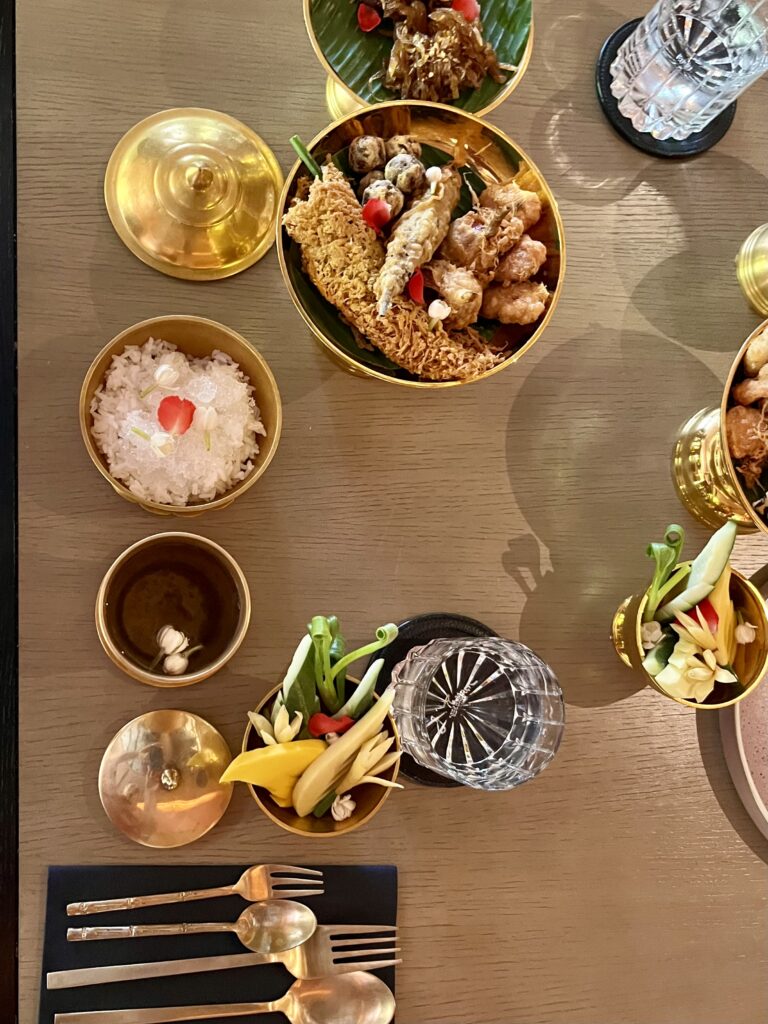
First stop was the Jim Thompson House where we had lunch to mixed reviews by our hosts who weren’t convinced that the Spanish chef was creating versions of Thai cuisine that were entirely satisfactorily, at least for Thai tastes. Of course, we thought it was really good.
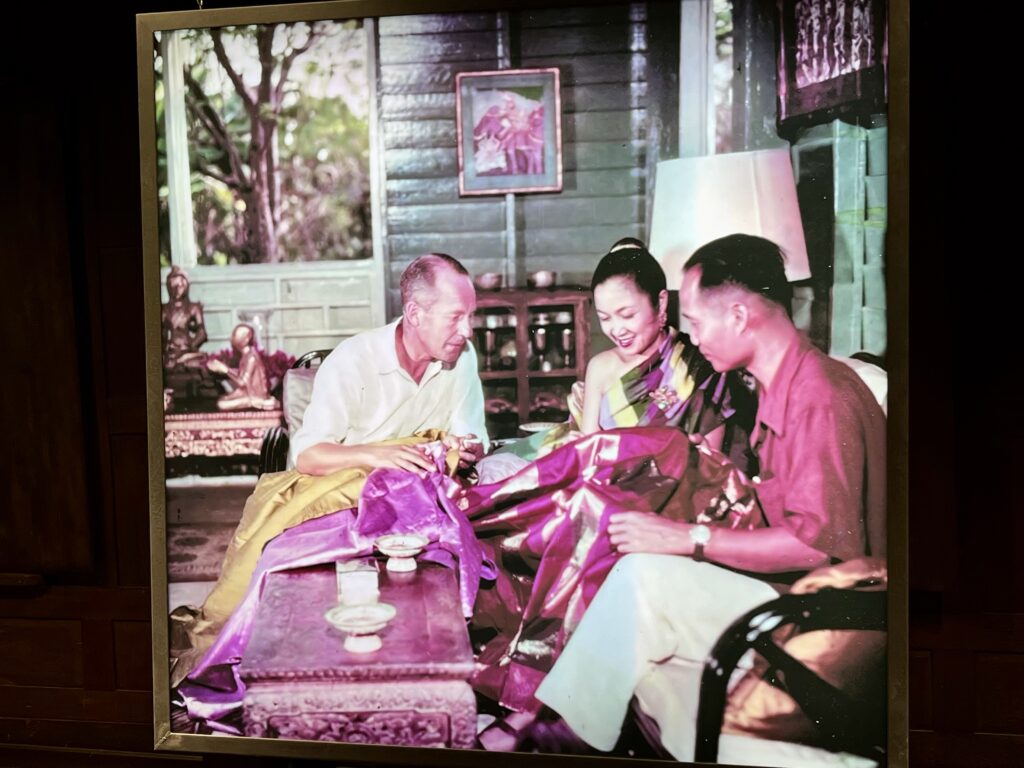
Thompson (on the left) was a former architect, American army officer, OSS (CIA) who became a businessman and designer credited with not only saving the Thai silk industry after WWII, but really putting it on the map in the fashion industry. He settled in Thailand after the war and became one of the most famous people in Southeast Asia before mysteriously disappearing in 1967 while in the highlands of Malaysia. His legacy is not only a fashion business that bears his name, but a remarkable house he designed and constructed on a Khlong (canal) from six traditional teak houses he salvaged, mostly from Ayutthaya province, that is filled with a stellar collection of Southeast Asian art and antiques.










While he followed tradition in having much of the house elevated a full story above the ground and using high thresholds between rooms (either something about containing ghosts or crawling children), he went his own way in having an internal staircase and turning the wall panels around so that exterior decoration was now on the inside.
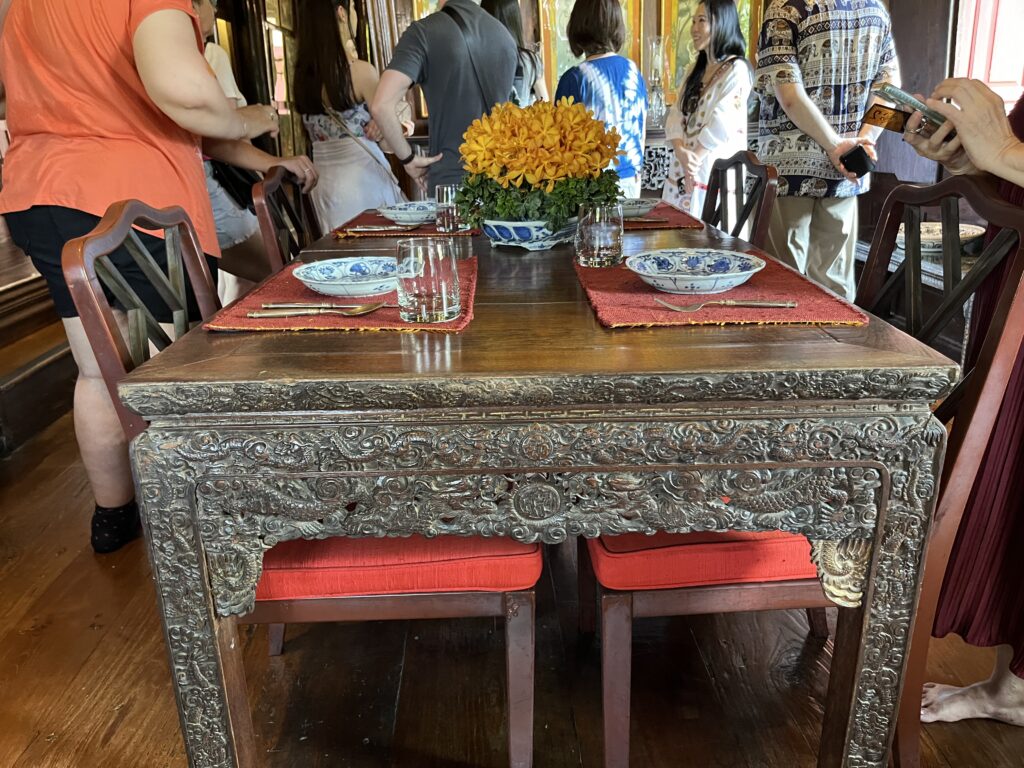
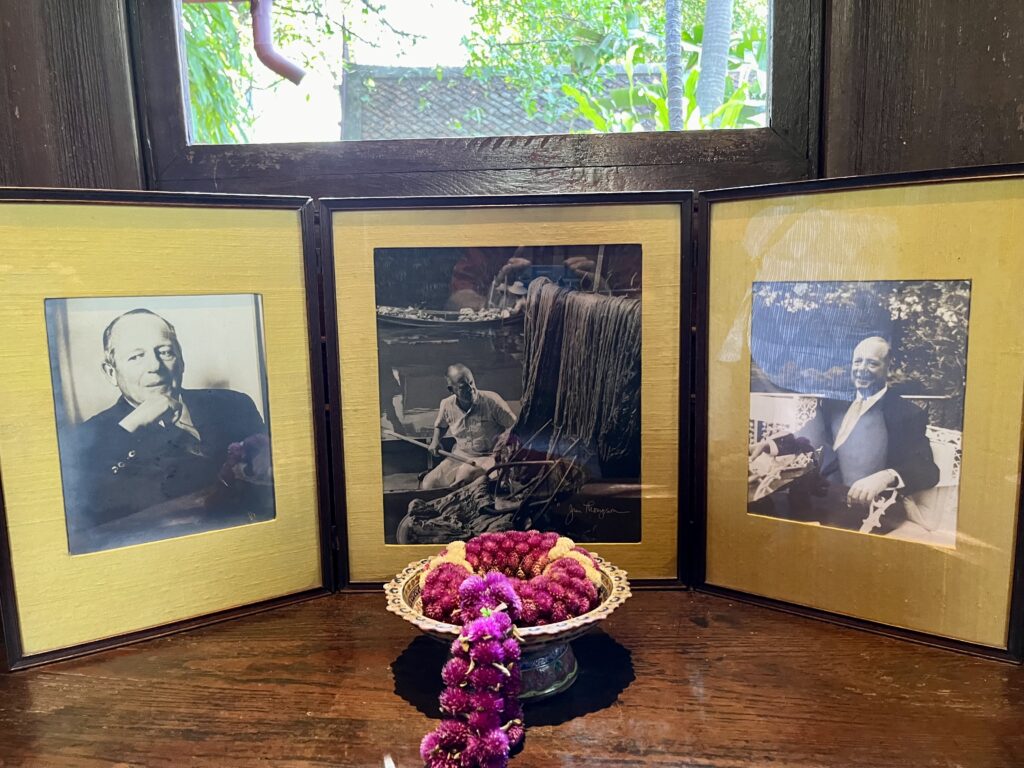
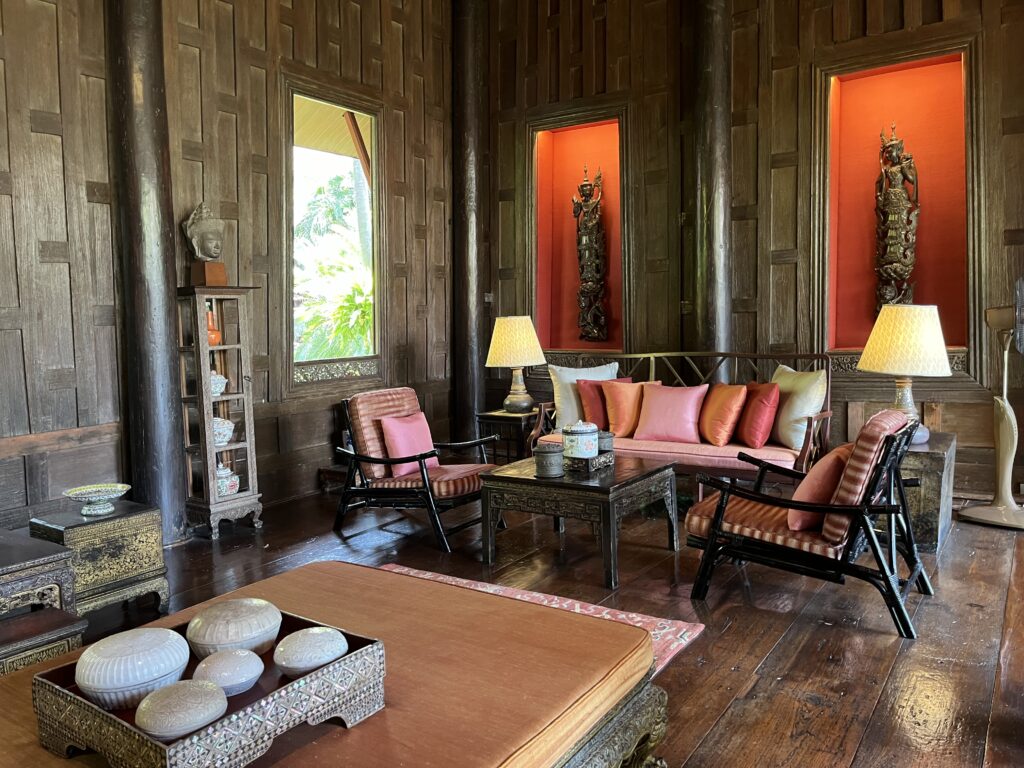
Khlong Bang Luong and the Artist House
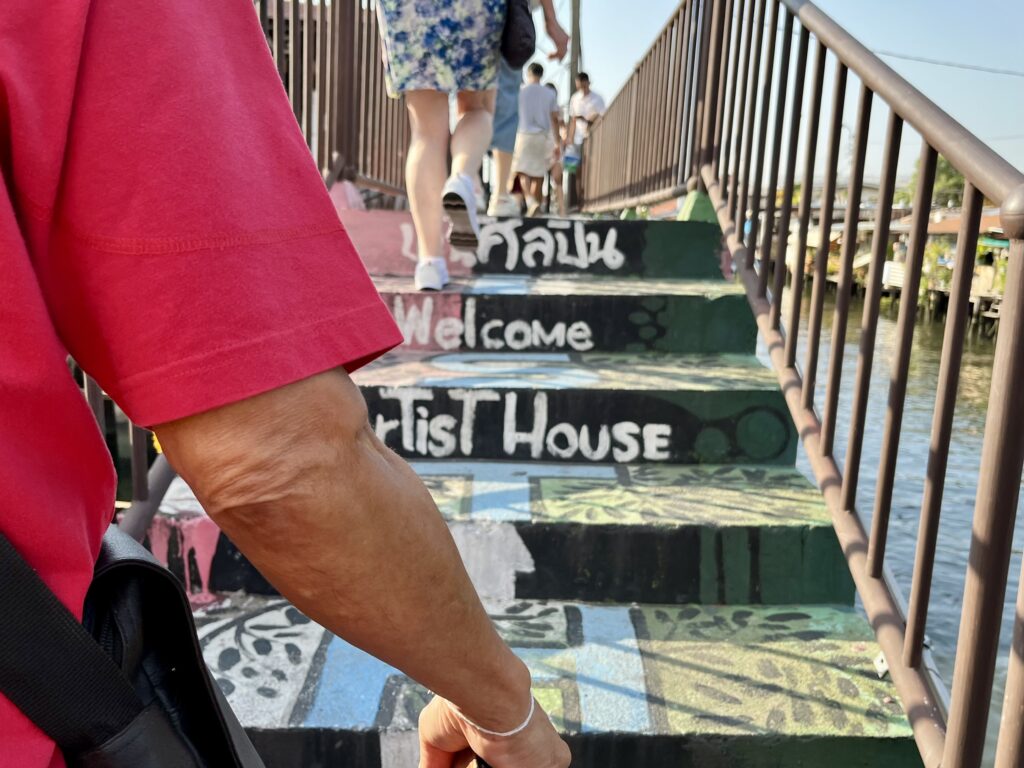
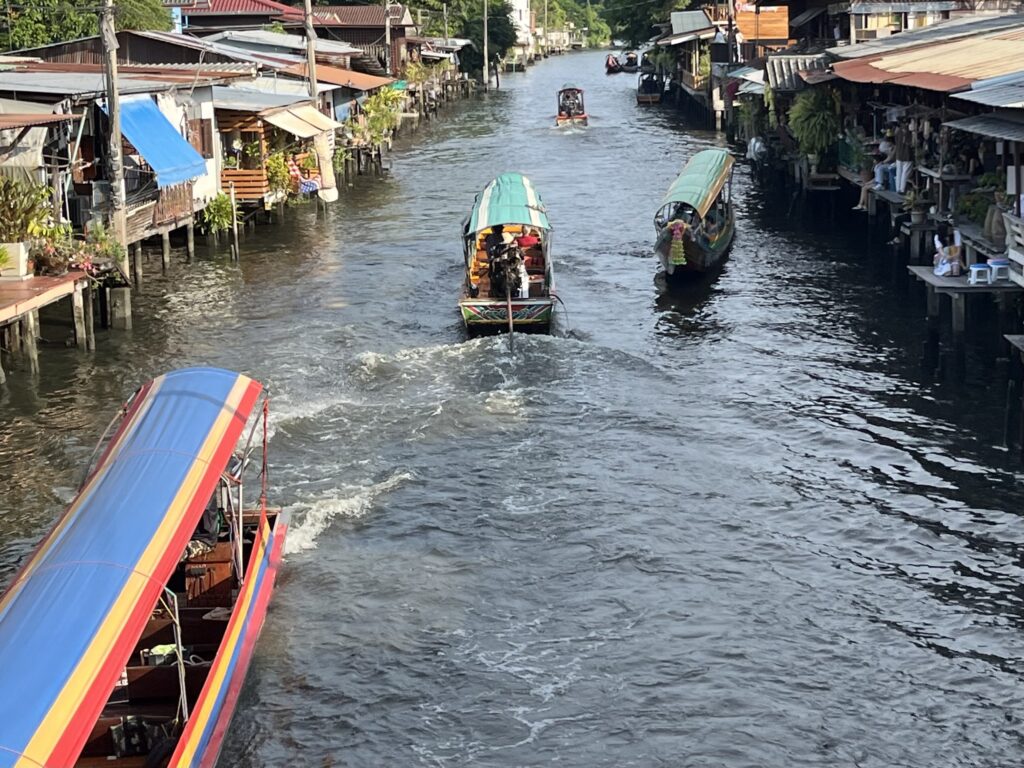
We next were taken to a very relaxing place on one of the canals that’s frequented only by Thais (finding it wasn’t even easy for locals) and ogled by the foreign tourists going by in boats . . .







. . . to simply enjoy being together to while away the time working on crafts, eating, talking, and taking in the scene.

You just had to be careful on the little bridge over the khlong, as the motorbikes like to use it too!
A Nighttime Cruise on the Chao Phraya

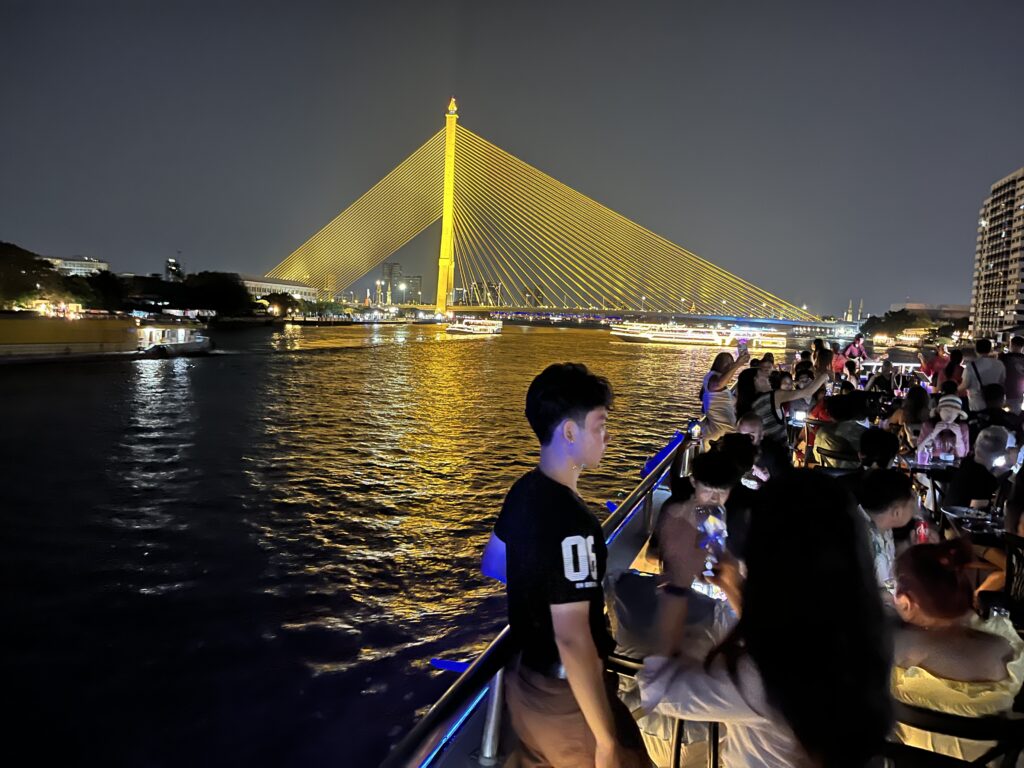

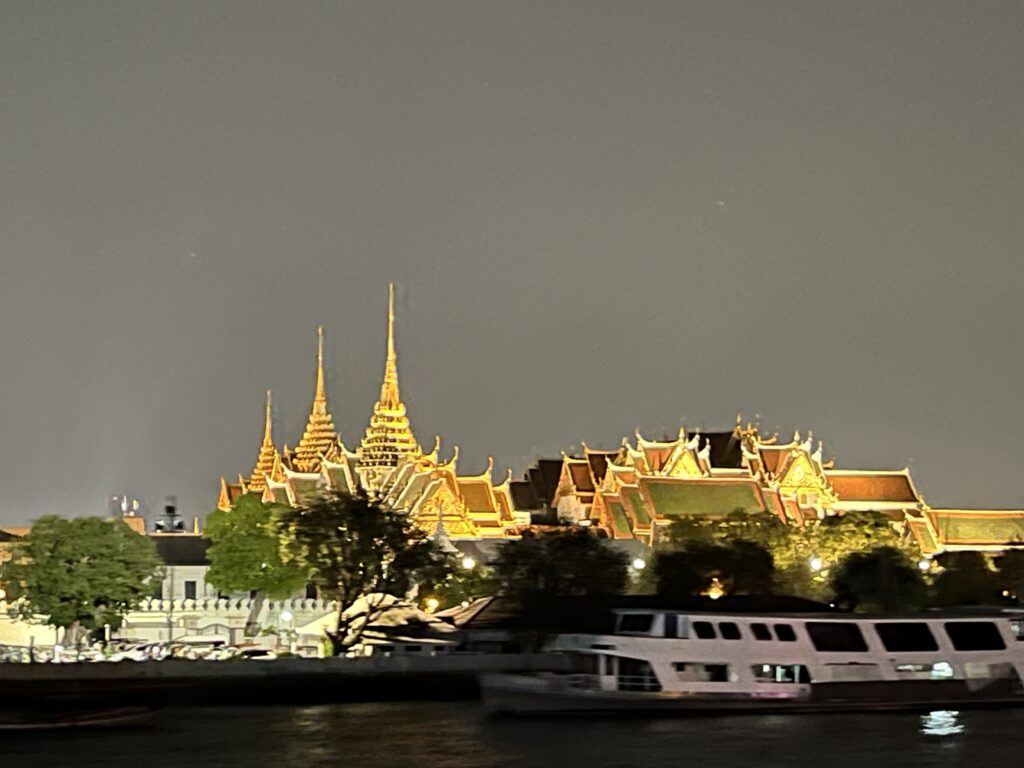
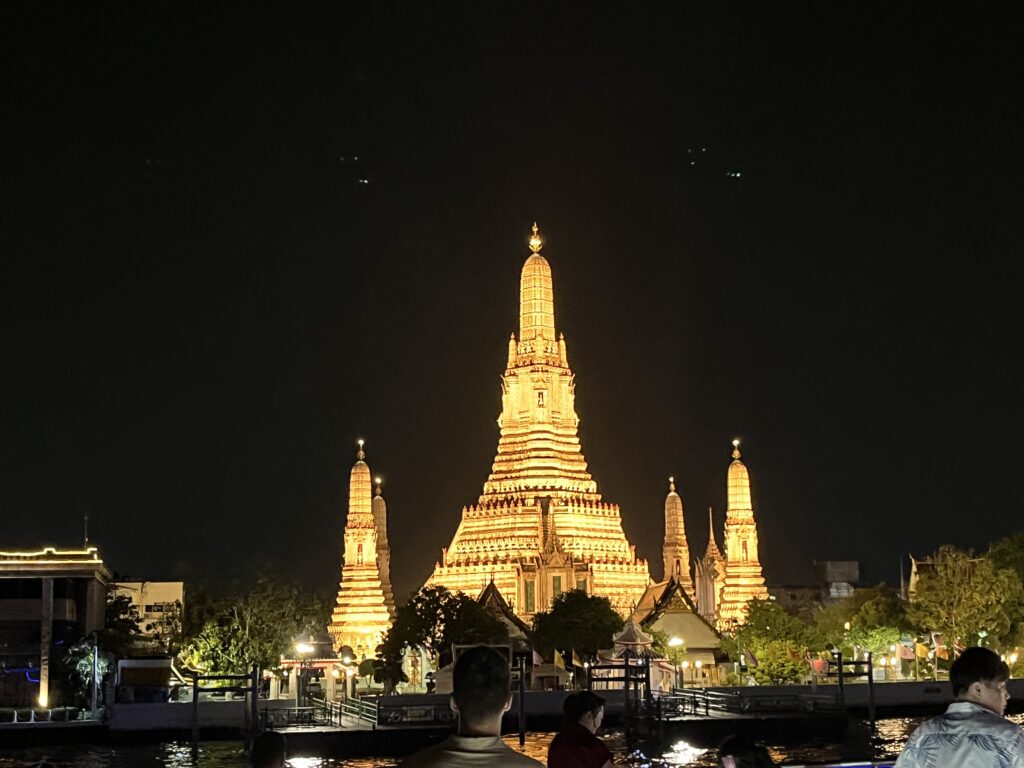
Nongnooch Botanical Garden, Pattaya
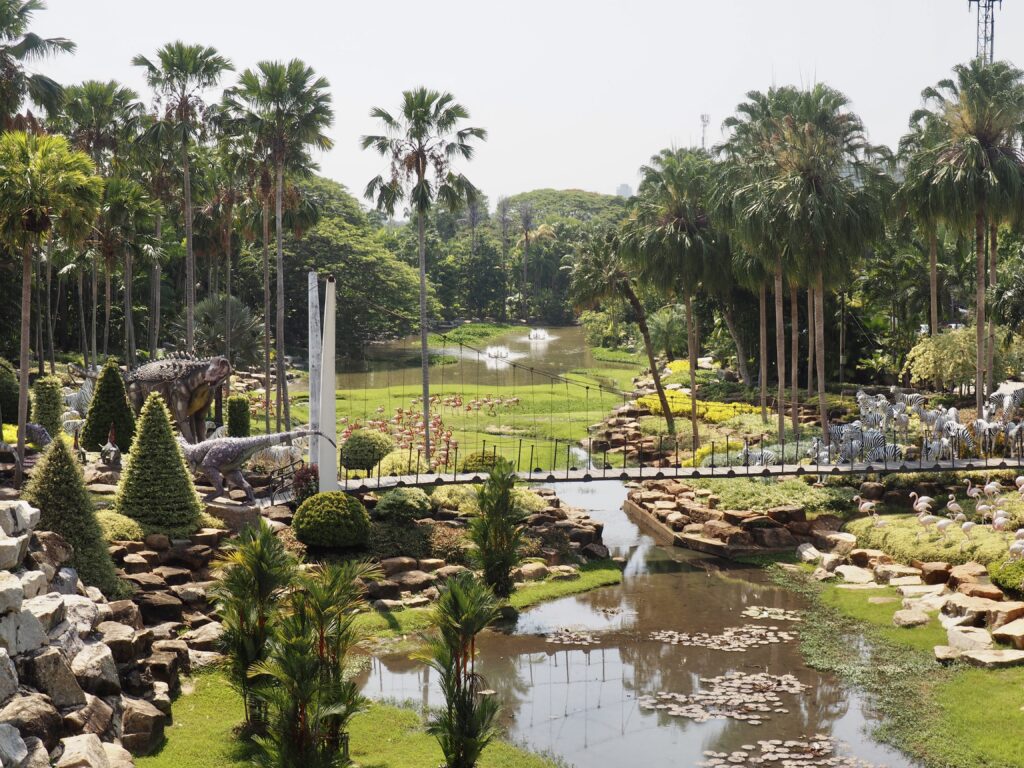
The next day, a few of us headed out of the city and down to Chonburi Province and the city of Pattaya where we had a great lunch.




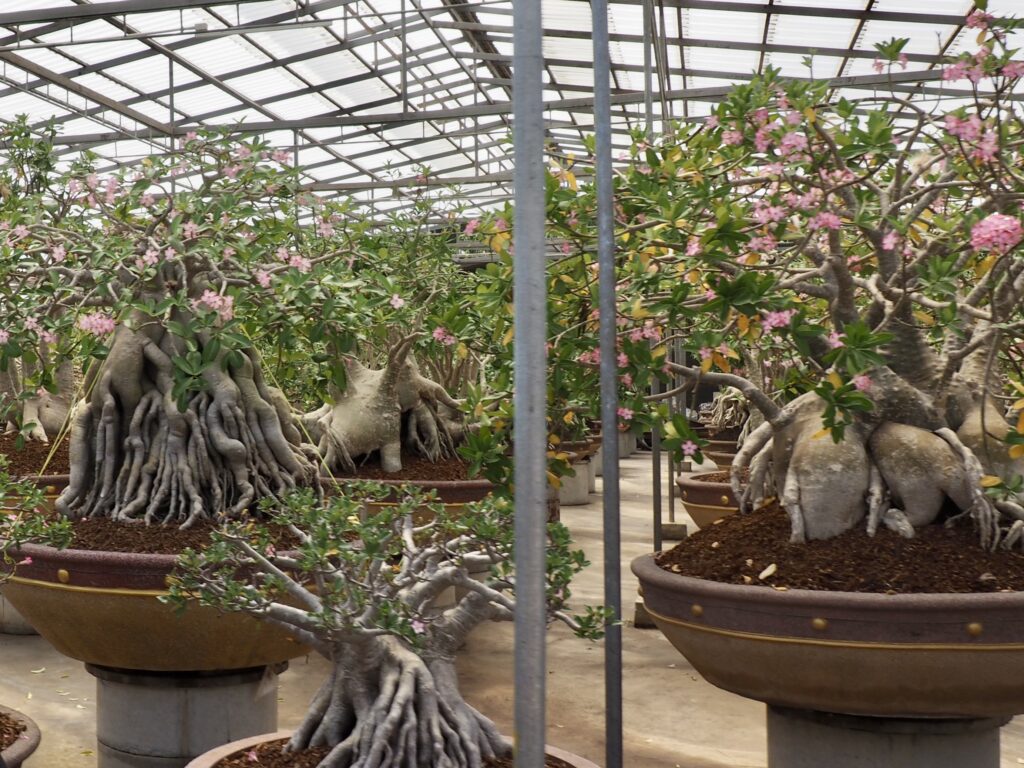
Nongnooch Gardens covers 500 acres with an absolutely astonishing (honestly, overwhelming) quantity of plants in rows, in piles and constructions, everywhere, in the open, under cover, and in elevated areas, row after row after row – a testament to what you can do with abundant water and sunshine.


There are also vast constructed landscapes, some religious in inspiration, others mimicking the grandeur of foreign places.


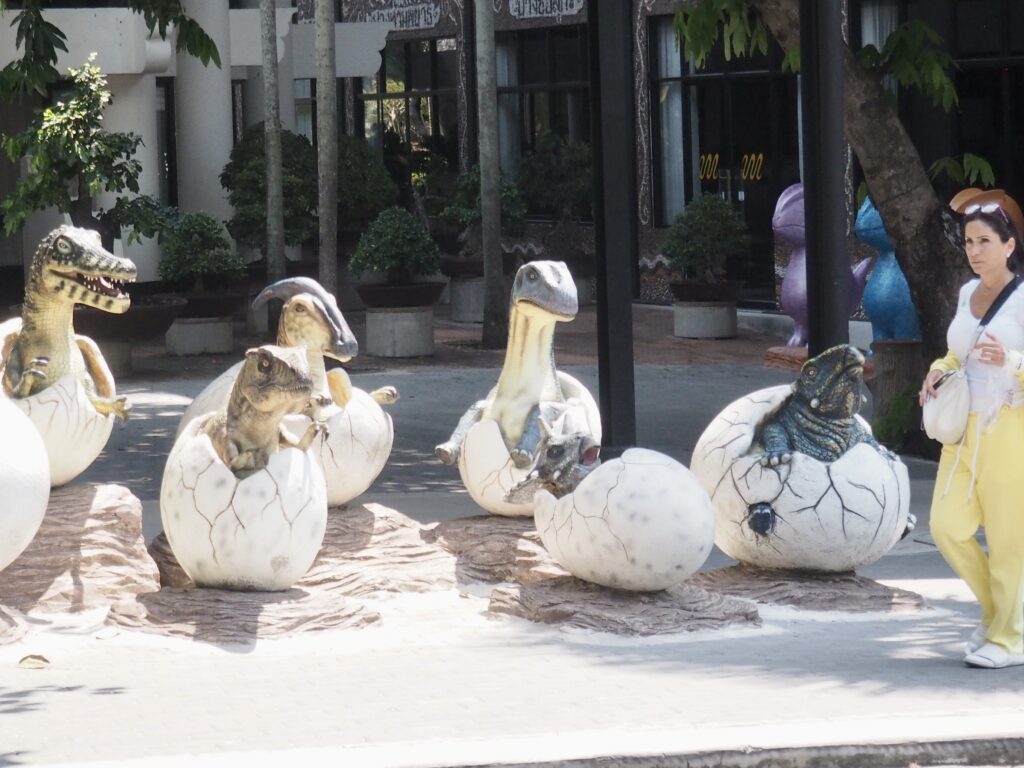
And then there are the dinosaurs (and other contemporary animals).
The Sanctuary of Truth, Pattaya
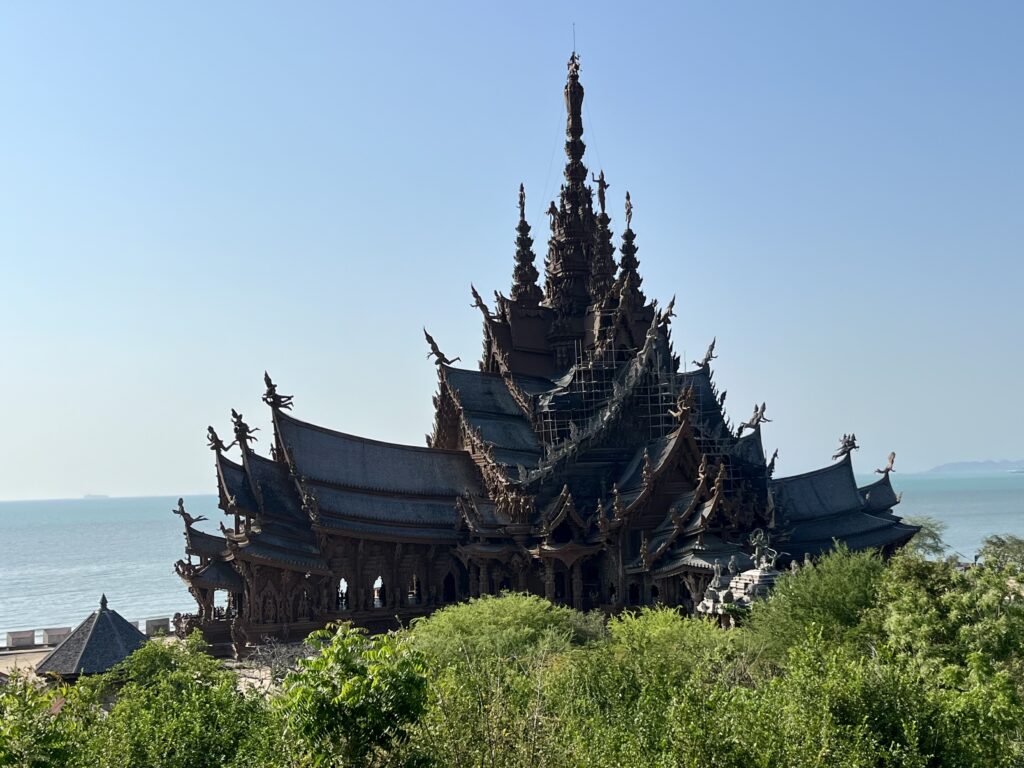
Perched above the Gulf of Thailand, the Sanctuary of Truth Museum is the largest wooden castle in the world. Constructed using traditional techniques (for instance, no nails) beginning in 1981, it remains a construction site and visitors must wear hardhats.
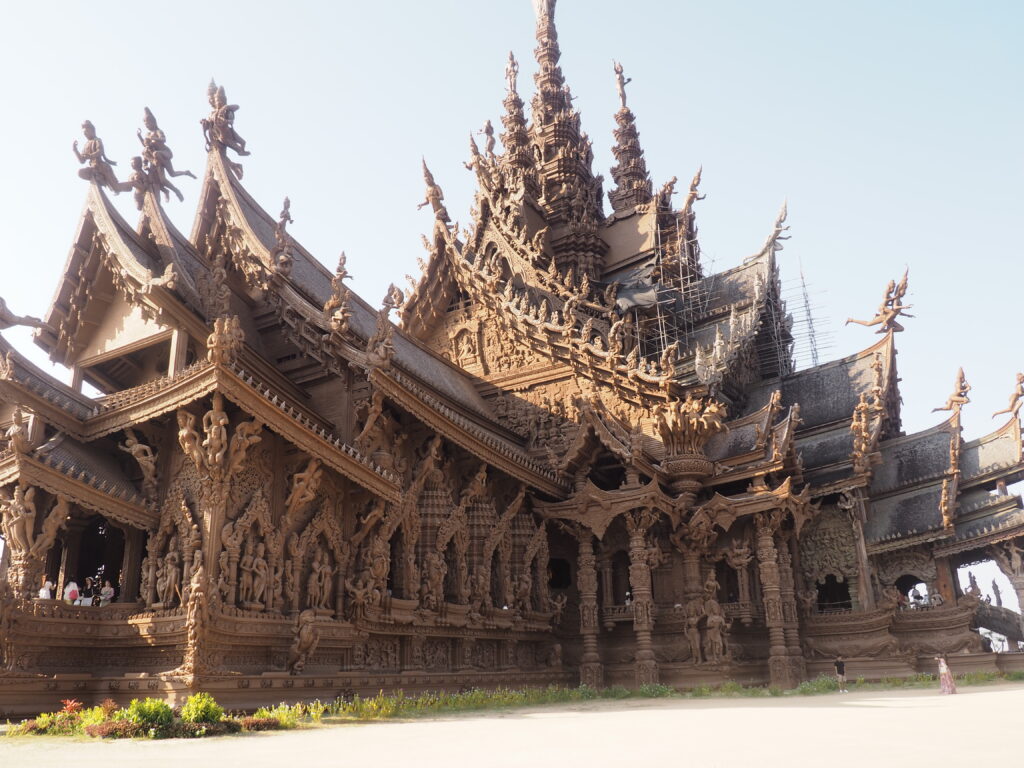
It is one of three museum projects conceived and executed by Thai businessman Lek Viriyaphan (1914-2000) in an effort to inculcate values derived from the major Eastern traditions through an ongoing massive sacred art installation . . .
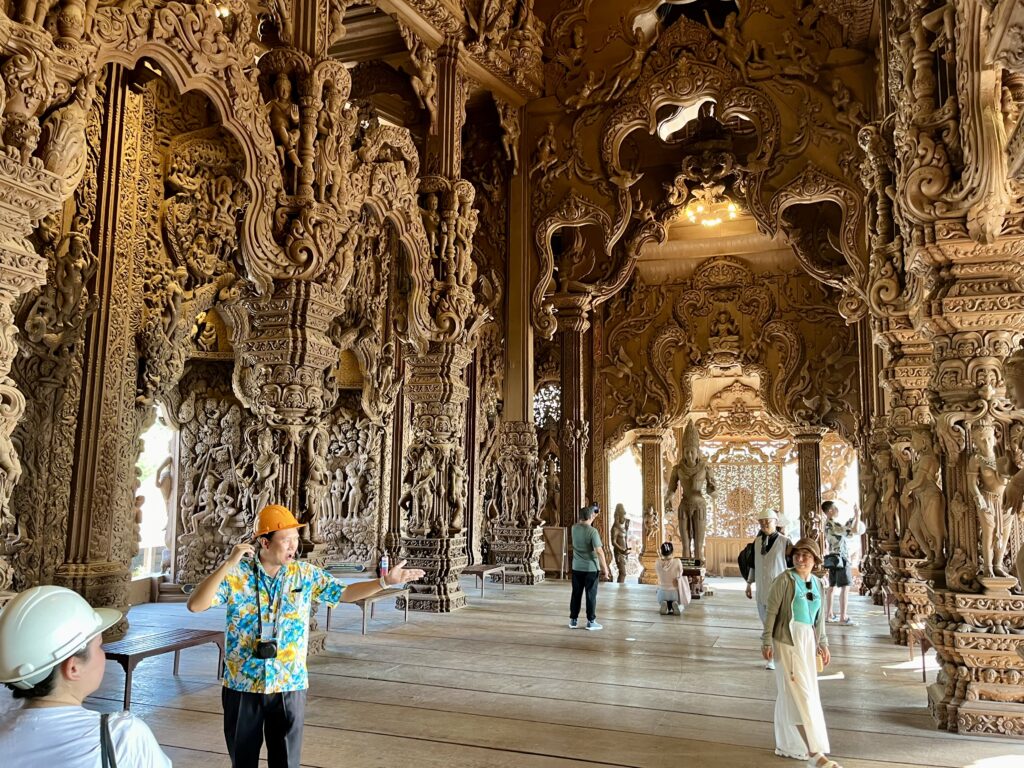
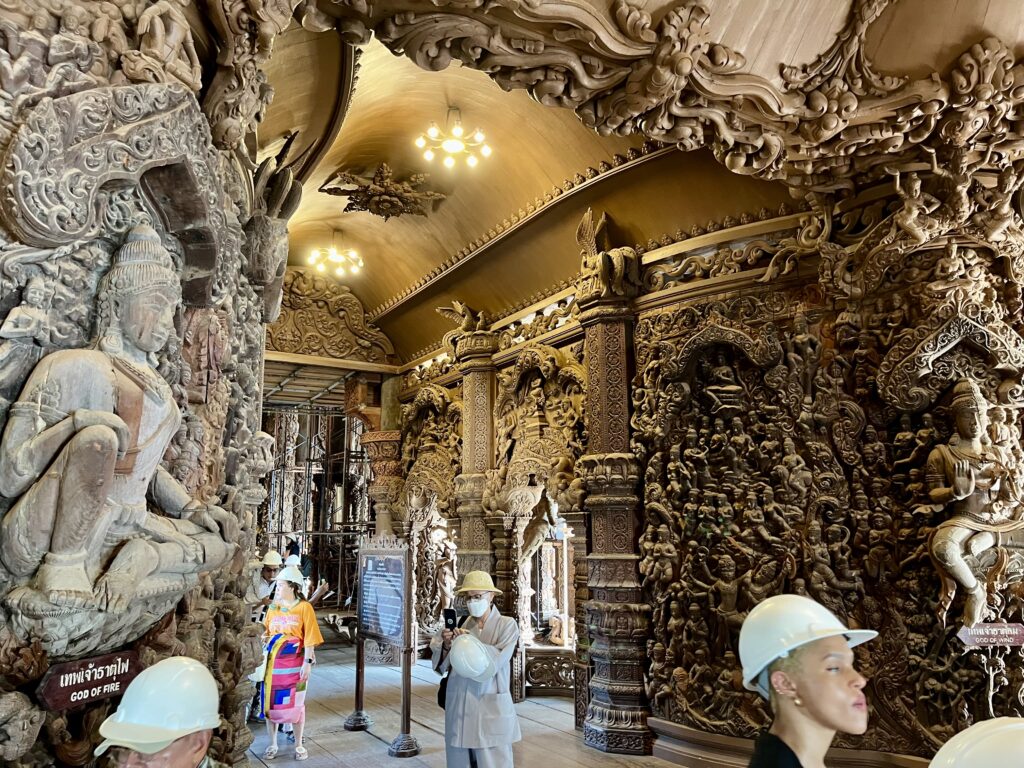
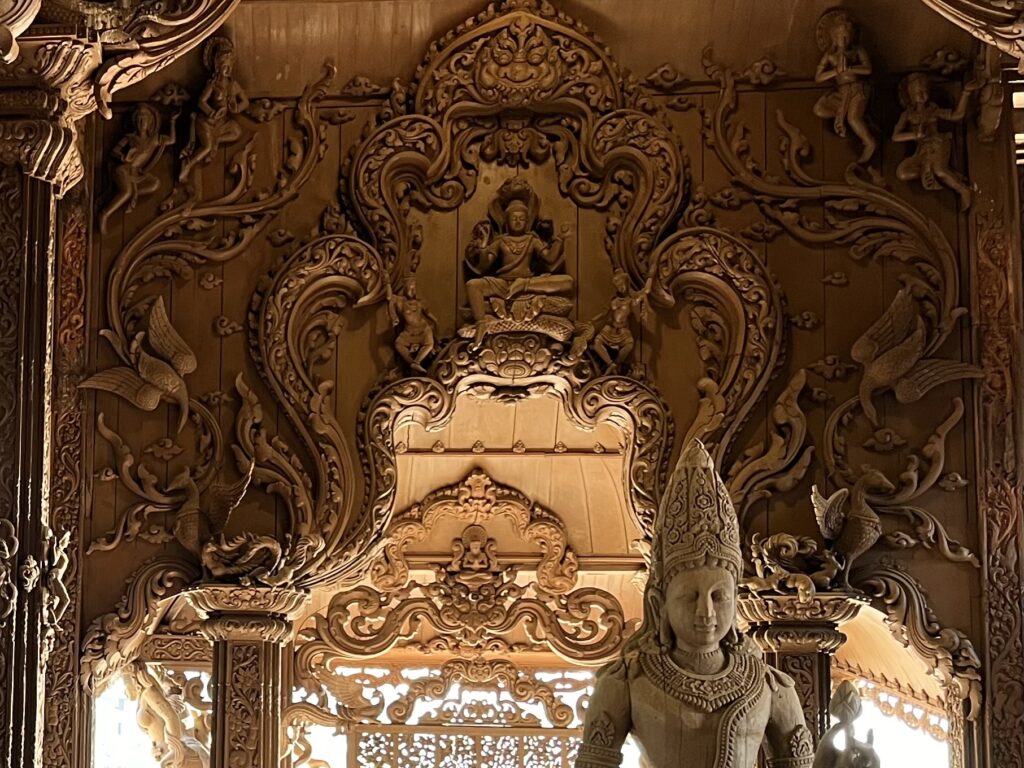
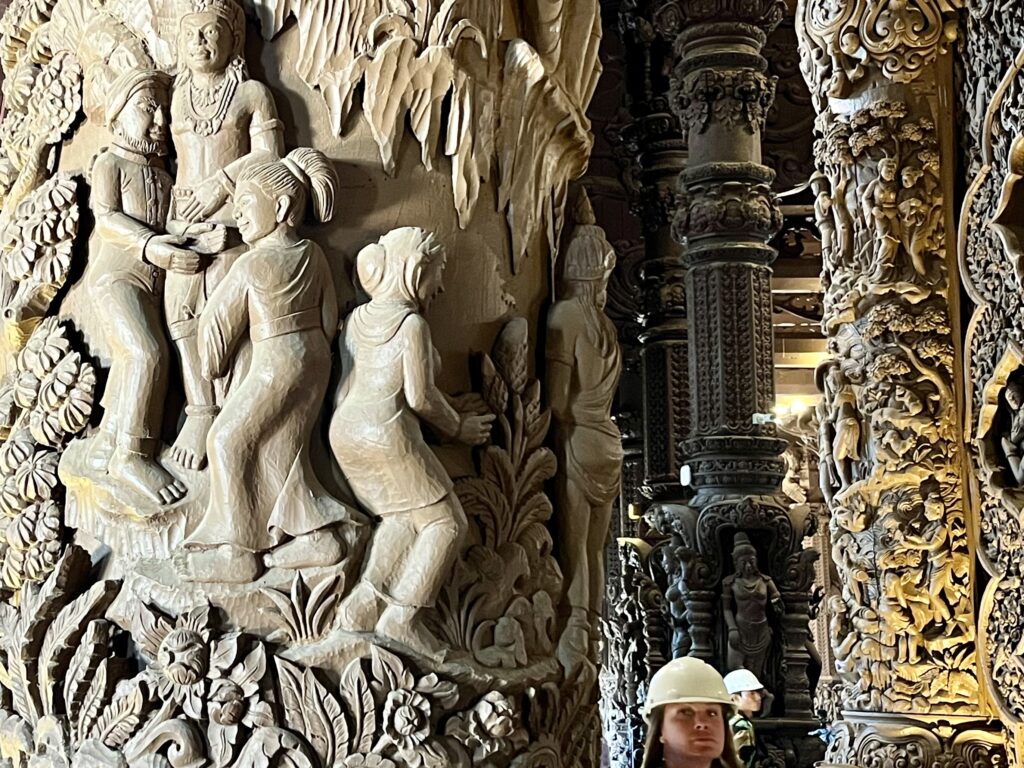
. . . art intended to address the major issues facing people, “Who are we? Where are we from? How do we survive? and what is our life purpose?” as well as convey the five missions of humans and the seven truths by which we should live. Although inspired by the temples of Ayutthaya, the museum draws from multiple religious and artistic traditions.
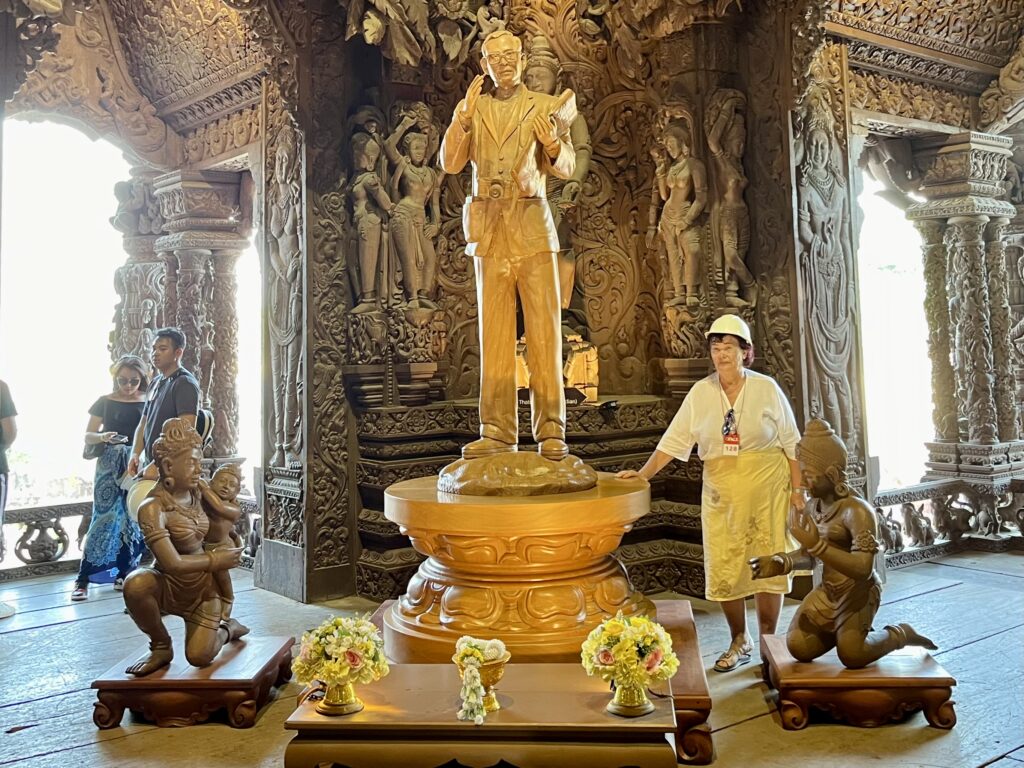
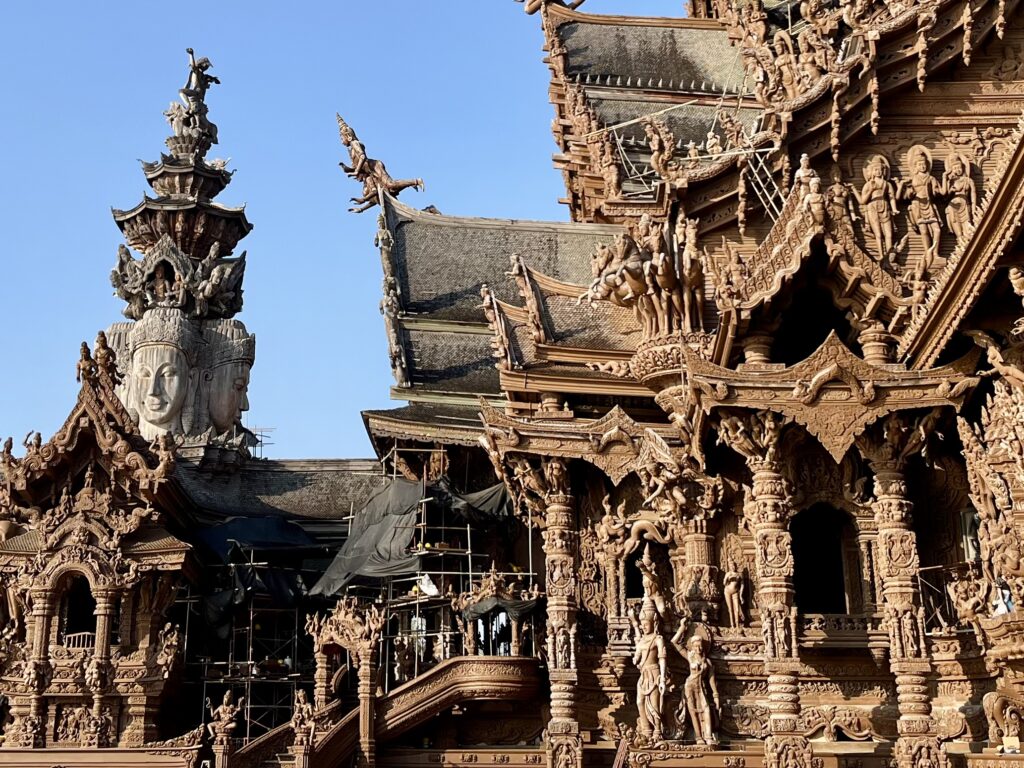
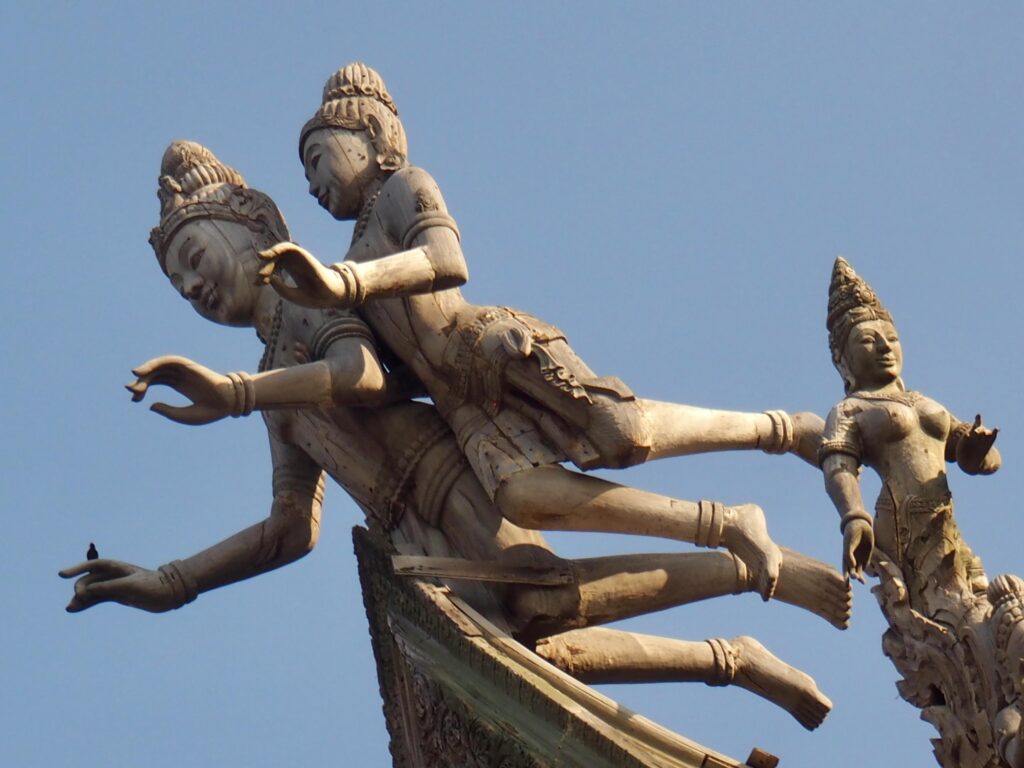
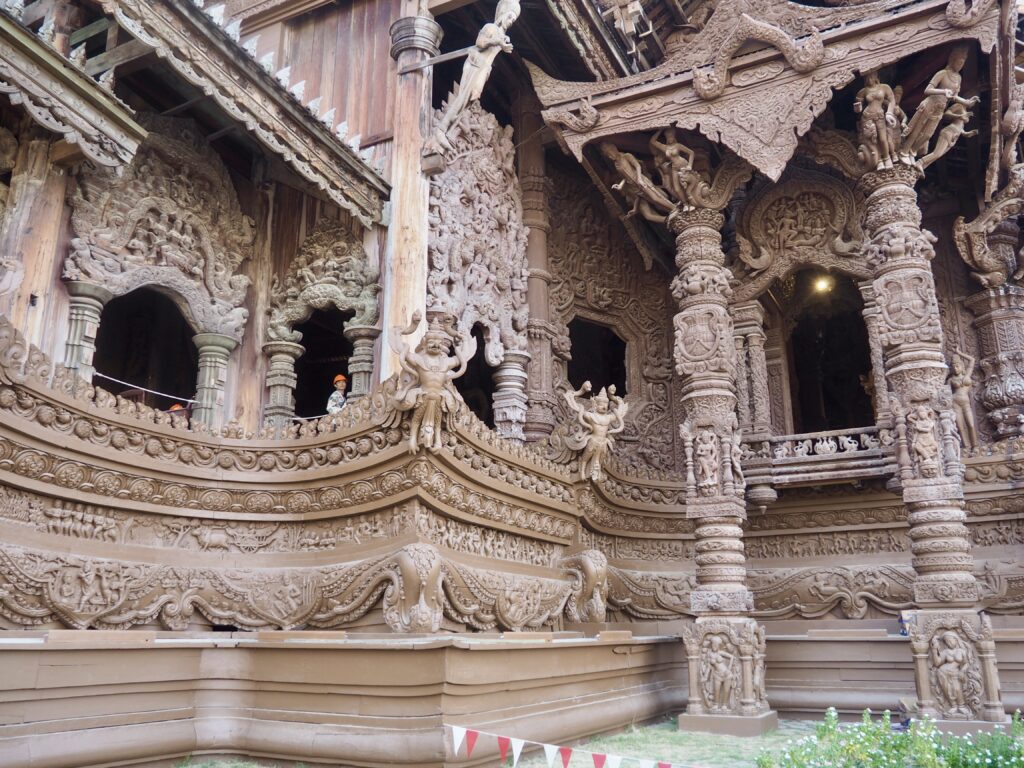
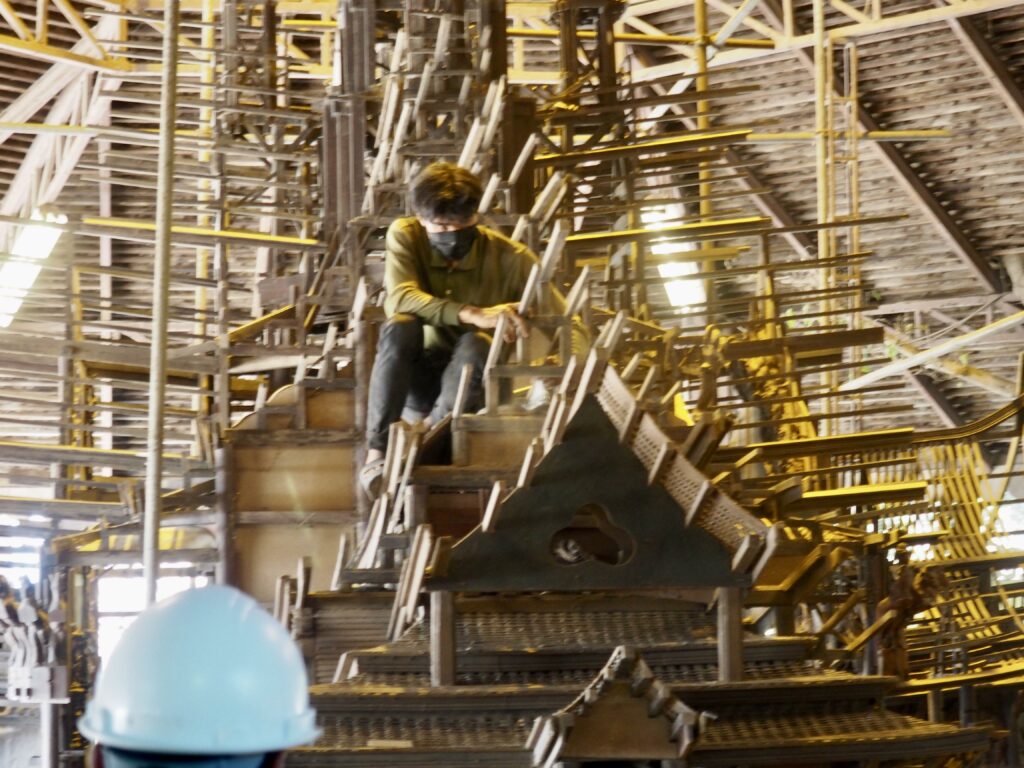
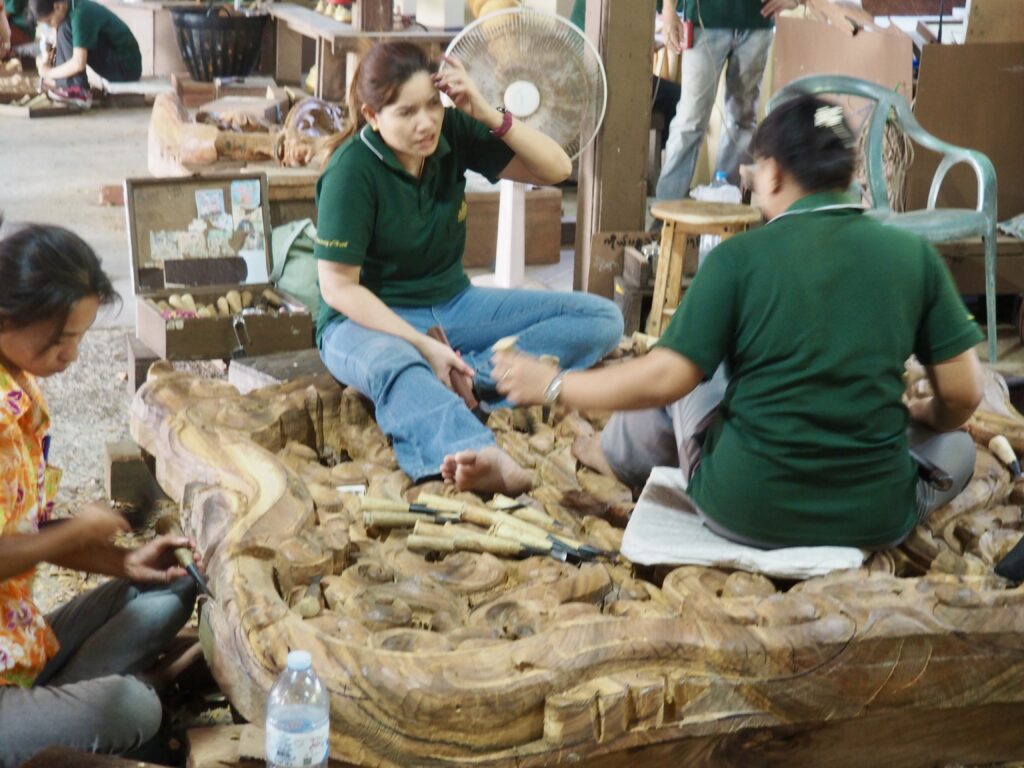
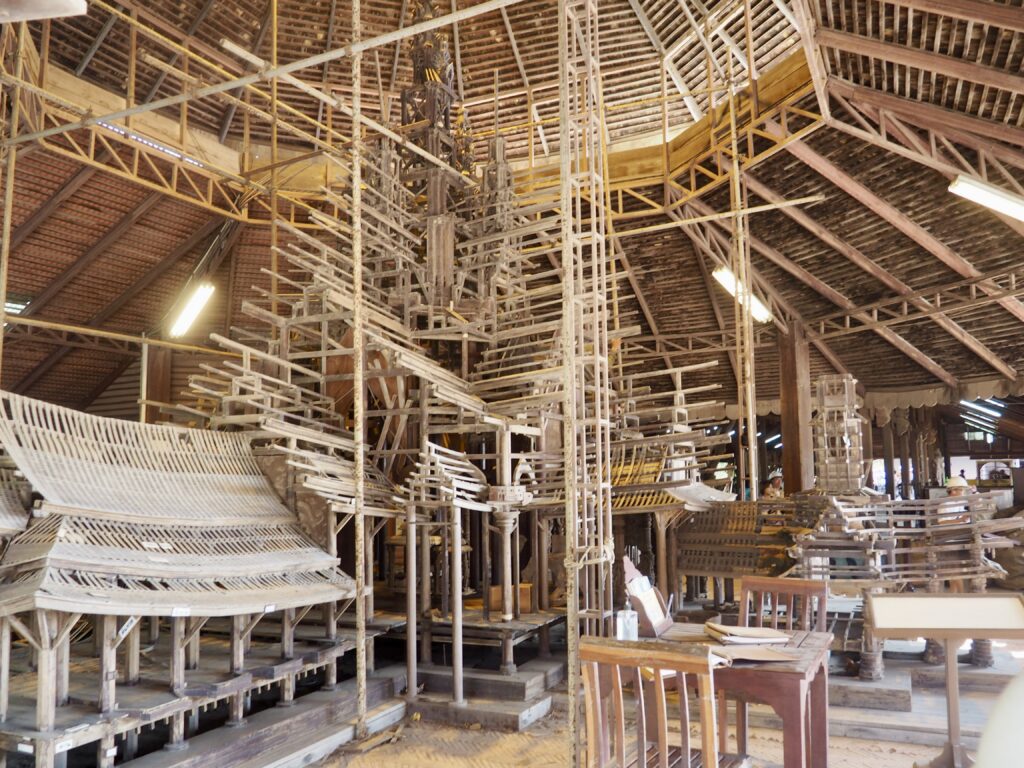
Will it ever be completed? Perhaps not.

